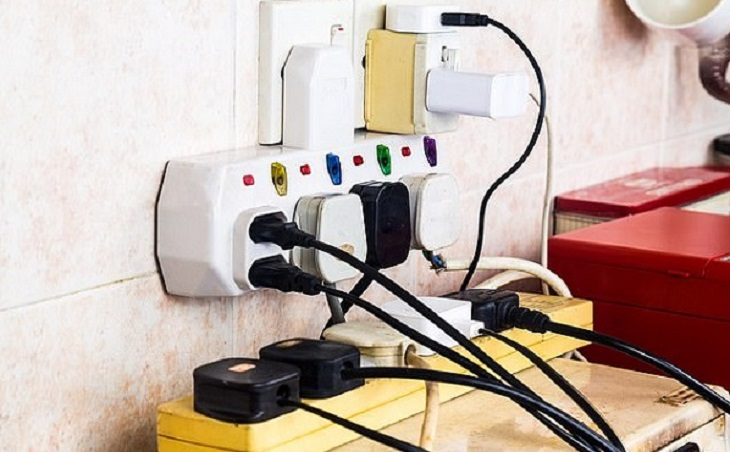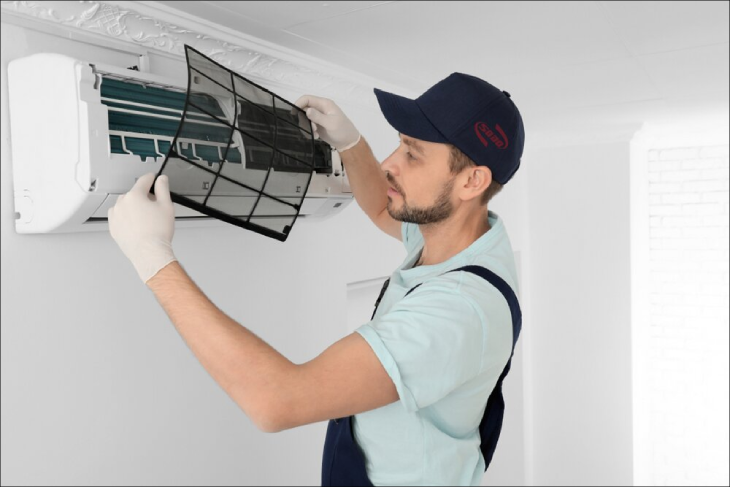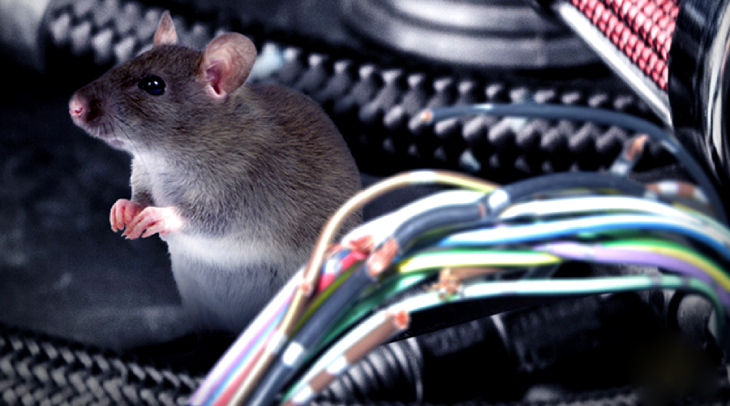Electrical Leakage: Causes, Testing, and Solutions
1. What is electrical leakage?
Electrical leakage is a common physical phenomenon that occurs in electrical devices. It occurs when excess electrical energy is wasted and transferred outside the device housing, leading to accidents and unwanted incidents.

2. Main causes of electrical leakage
a. Outdated electrical devices
Using outdated equipment increases the likelihood of electrical leakage. Electrical devices that have been used for many years can experience corrosion in the electrical circuits and internal circuits, generating heat and providing conditions for leakage to occur.

b. Placement near wet areas
The surrounding environment is also a major cause of leakage. Placing electrical devices in moist areas can increase temperature and humidity, leading to deterioration of the device’s wiring and eventual leakage.

c. Incorrect installation
Incorrect installation during the process of using, repairing, and assembling electrical devices can disrupt the electrical circuit installation, rendering the devices inoperable and leading to leakage.

d. External factors
External factors such as damage from insects or animal bites can also cause electrical leakage. These types of leakage are difficult to check and detect as they occur inside the electrical device.

3. How to test electrical leakage at home
a. Electrical leakage tester
The quickest and simplest way to test for electrical leakage is by using an electrical leakage tester. By probing surfaces with underground electricity, if the tester’s light illuminates red, it indicates the presence of leakage that requires immediate repair.

b. Digital multimeter
Using a digital multimeter with the ability to test for leakage is another method. Clear understanding of the meter’s parameters and meanings is necessary for this method to be effective and accurate.

c. Ampere clamp
The ampere clamp is a commonly used tool by electricians for testing leakage. It is compact, convenient, and offers high accuracy. Understanding the parameters on the device is vital for correctly using it to test for leakage.

4. How to fix electrical leakage
Fixing an electrical leakage incident can be simple if the process is understood, but safety issues must be addressed to avoid hazards. The following steps can guide you in fixing electrical leakage:
Step 1: Determine the location of the leakage by disconnecting the main switch and checking if the electric meter in that area rotates. If it doesn’t rotate, it indicates an area of leakage.
Step 2: Unplug all electrical devices within the leakage area and proceed with testing and timely repairs.
Step 3: Turn on the electric meter again and check if the devices are functioning normally.

We hope the above article has provided a comprehensive understanding of electrical leakage, including its causes, testing methods, and solutions for fixing it at home. If you have any further questions, please feel free to leave a comment below!
Tenants Offered Protection for Their Property During Tet Holiday
As the Tet holiday nears, renters are concerned about the potential loss or theft of their items in their rental rooms. To ensure their property is safe and secure, many are left wondering what steps they can take to prevent it. Learn what methods you can employ to protect yourself and your possessions while renting in this article!






































